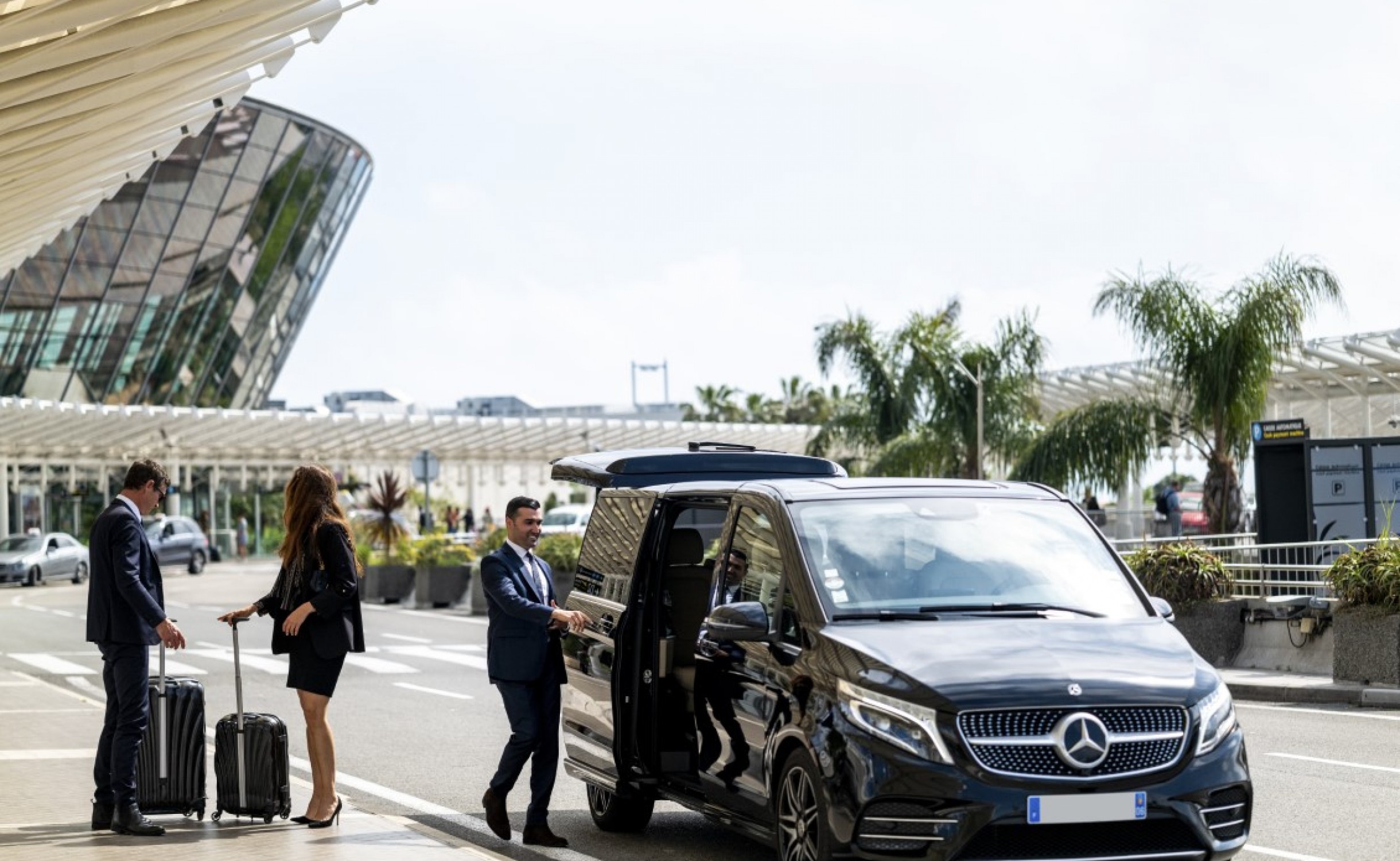
The Ill-Fated Attempt To Revive A Famous Mercedes Marque

When it comes to innovation, comfort and a luxury reputation, there is a reason why many luxury chauffeurs primarily choose Mercedes cars.
Whilst the pioneering S-Class is often the car of choice for business leaders to comfortably reach their destination, the V-Class and E-Class are also very popular models as well, buoyed by the Silver Arrows’ almost-bulletproof reputation.
However, not every decision they have ever made was correct, and one of Mercedes-Benz’s biggest failures as a manufacturer was in the very field they dominate today.
In the late 1990s, Mercedes’ biggest rival BMW bought Rolls-Royce, one of the most famous luxury brands in history, whilst that same year saw Volkswagen buy Bentley, the latter part of an aggressive push to compete directly with Mercedes that also led to the infamous VW Phaeton.
Not wanting to be left behind, Mercedes decides to revive one of their oldest names, Maybach, a name that is still used today by the company albeit with a very different purpose.
There were two Maybach models, the 57 and the 62, both of which were heavily based on the most recent Mercedes S-Class of the time, albeit with much more luxurious parts, with a target of selling 2000 models per year.
In practice, they would not come close to this figure throughout the entire ten-year lifespan of the badge and lost over £300,000 on every single one they sold. The Maybach brand lost Mercedes nearly a billion pounds.
Despite this, both models would come under considerable criticism for borrowing so heavily from the S-Class platform they were built upon, particularly compared to the Bentley Continental GT or the Rolls-Royce Phantom cars they were competing with that distinguished themselves from their parent companies far better.
In 2008, a global financial crisis deeply hurt the global car market, destroying any chance that Maybach had as a separate brand imprint, leading to its closure in 2012.






Leave a Reply